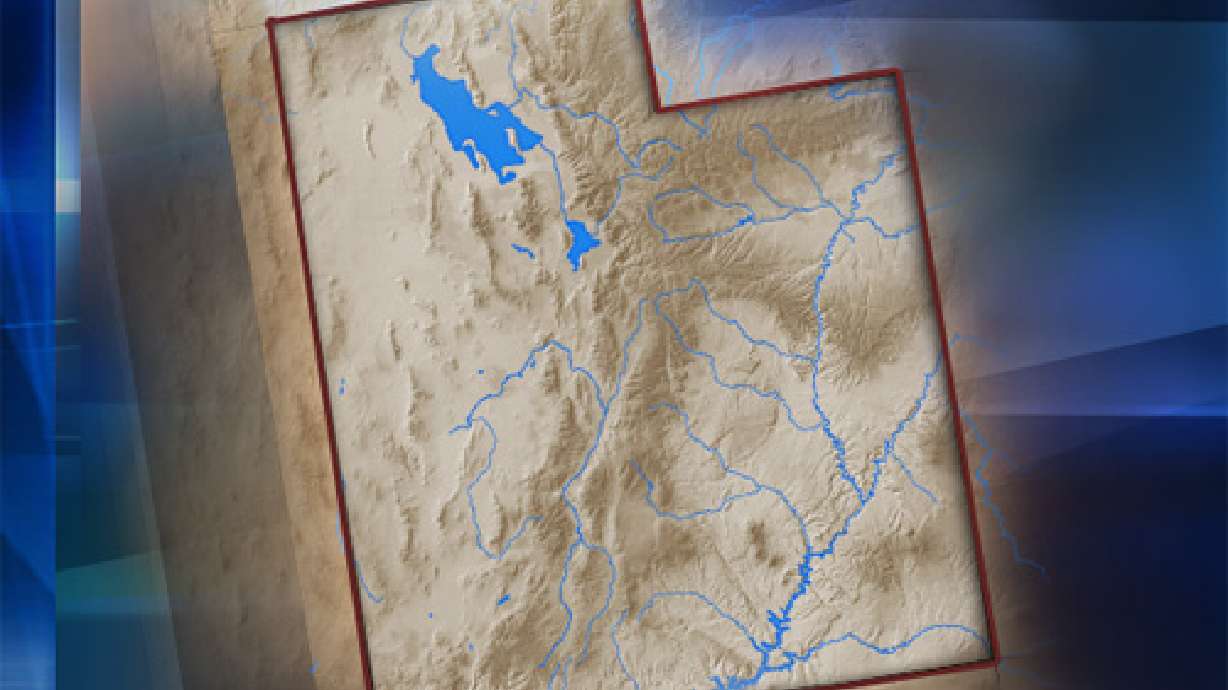Estimated read time: 2-3 minutes
This archived news story is available only for your personal, non-commercial use. Information in the story may be outdated or superseded by additional information. Reading or replaying the story in its archived form does not constitute a republication of the story.
WASHINGTON CITY, Utah (AP) -- Geologists are digging trenches along a southern Utah earthquake fault line to determine how often it has slipped and try to predict the potential for future activity.
Utah Geological Survey geologist William Lund said a quake of magnitude 6.5 or larger could devastate Washington City, St. George and other nearby locales.
"There would be a lot of damage from shaking," said Lund. "Unreinforced buildings would collapse, interiors would be disrupted and things fall off shelves."
Other dangers could include broken natural-gas lines that cause fires and the liquefaction, or jelly-like shaking of the subsoil, that can trigger landslides, Lund said.
The so-called Washington fault begins just south of Utah's border with Arizona and runs north through Washington City. Geologists speculate, however, that the fault could stretch farther north to Cedar City.
The Washington fault has not been studies as extensively as the nearby Hurricane fault, which follows a parallel line to the east, crossing under the communities of Hurricane and La Verkin near Zion National Park.
Much of western Utah is prone to earthquakes because the surface crust is ripping apart across the Great Basin, Knudsen said. That fractures rock and causes faults to slip.
Scientists studying the Washington fault have dug a pair of trenches along the fault line about three miles south of the Utah-Arizona border.
They have found evidence that the fault has slipped twice and displaced the surface, Lund said. Samples from around the faults will be dated to give scientists and idea of how frequently quakes occur. Data from the trenches will be incorporated into the U.S. Geographic Seismic Hazard Map compiled by the U.S. Geologic Survey.
"It (the map) shows how much shaking would occur in any place (in the country)," said Lund. "It helps with building safer buildings."
The studies, which are being conducted on Bureau of Land Management property, will continue for a few more weeks and the trenches will be refilled by the end of June.
------
Information from: The Salt Lake Tribune
(Copyright 2009 by The Associated Press. All Rights Reserved.)









